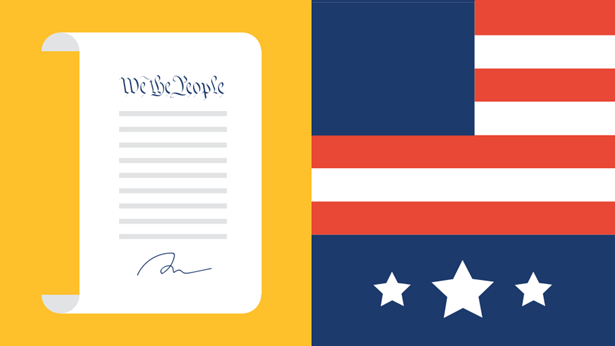What Is the Electoral College?
A closer look at how Americans elect their president
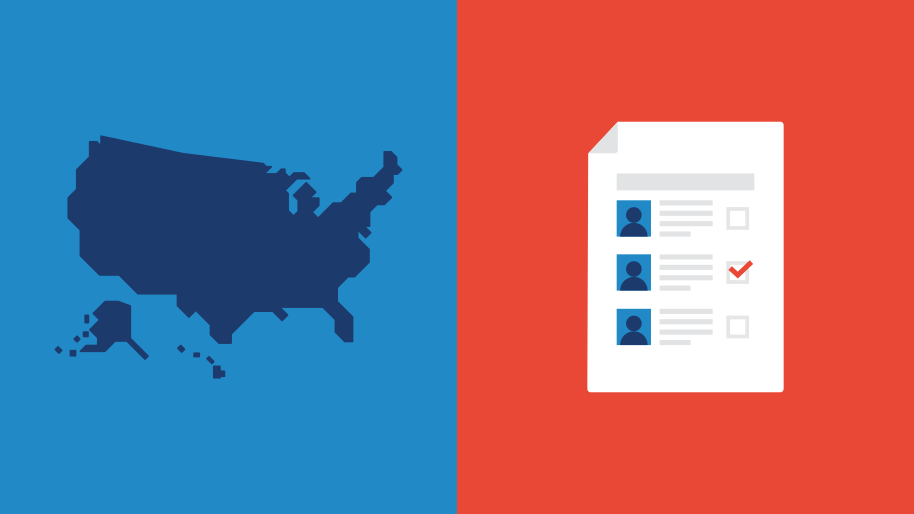
When Americans cast their votes for president, they are in reality directing other people — called electors — to vote for the candidate who receives the most votes in their state. The political party of the winning candidate in each state then sends its preselected electors to the state capital to vote. This is the Electoral College, and its members elect the president and vice president of the United States.
Why does this process exist? The framers of the Constitution established the Electoral College in the Constitution to forge a compromise between those who wanted the president to be elected by members of Congress and those who wanted a president elected by a popular vote.
Today, 538 electors constitute the Electoral College. Each state is allocated electors equal to its number of representatives in the U.S. House of Representatives (currently a total of 435) plus its two senators (a total of 100). The District of Columbia is also allocated three electors. These numbers can change every 10 years, based on the results of the census. State laws differ on how electors are chosen.

Forty-eight states and the District of Columbia have a winner-take-all policy that the Electoral College must follow. That means that a candidate who wins, say, 51% of the state’s popular vote is awarded 100% of the state’s electors.
Since the nation’s founding, hundreds of proposals to reform or eliminate the Electoral College have aimed to change how Americans elect a president. But since the process is defined in the Constitution, only an amendment can change the system. Passing a constitutional amendment requires a two-thirds majority vote in the House of Representatives and in the Senate plus the approval of three-quarters of the states, or a constitutional convention called by two-thirds of state legislatures (which has never happened).
In March 2020, a Pew Research Center study found that a majority of U.S. adults (58%) were in favor of amending the Constitution so the presidential candidate who receives the most votes nationwide wins, while 40% preferred to keep the current system in which the candidate who receives the most Electoral College votes declares victory.
Learn more about the Electoral College:
2
The number of states that don’t have a winner-take-all policy. Maine and Nebraska allow electors to be split between parties, proportionally to how their candidates won in different parts of the state. However, a selection of mixed-party electors has happened only twice: in Nebraska in 2008 and in Maine in 2016.
9
The number of elections since 1900 when at least one elector voted for someone other than the candidate he or she promised to support.
7
The number of electors who voted contrary to their state’s popular vote for president in 2016, the most who’ve done so since 1972. Electors generally vote according to their state’s popular vote.
5
The number of times a president has been elected by winning the Electoral College vote but not the popular vote. This happened in 1824, 1876, 1888, 2000, and 2016.
2
The number of presidential elections that have been decided in the House of Representatives. This chamber of Congress elects the president if no candidate wins a majority of electoral votes and did so in 1800 and 1824.


America’s Overdose Crisis
Sign up for our five-email course explaining the overdose crisis in America, the state of treatment access, and ways to improve care
Sign up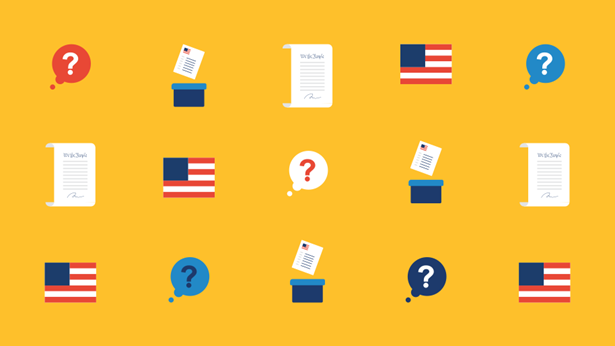

What Are Our Responsibilities As U.S. Citizens?
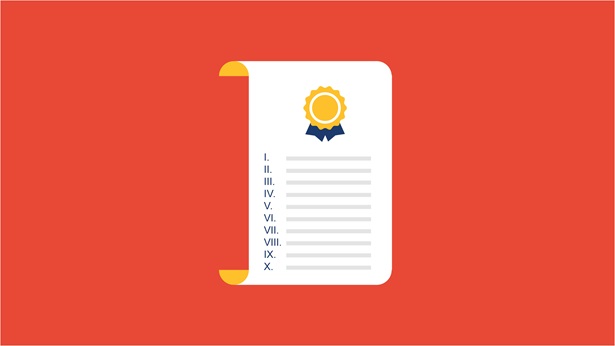

America’s Defining Documents
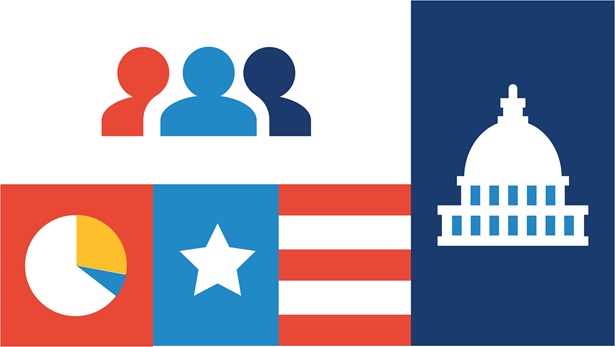

Government by the Numbers
